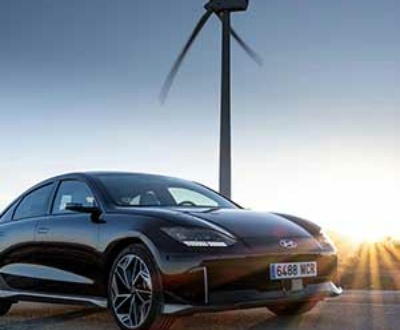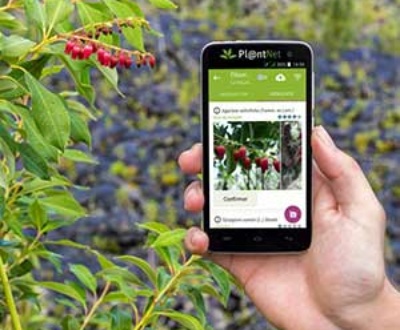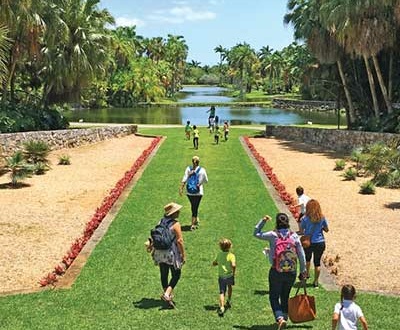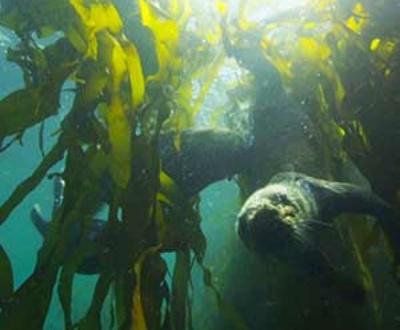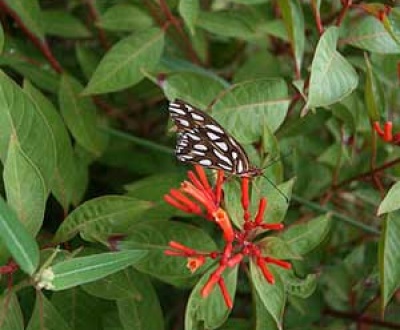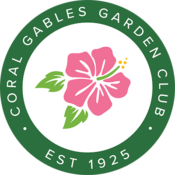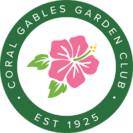HAPPY NEW YEAR! WOW. I can’t get it together. There is so much happening. There is so much going on, including the election.
How To Eat Less Plastic
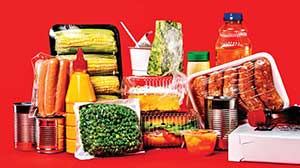
Photo: Sarah Anne Ward
This was on the cover of the latest Consumer Reports. My take was UGH! I had no idea
that I was eating plastic with my food. But I’ve read the article and I don’t see how we can
avoid it. So “That unexpected ingredient is something called a plasticizer, a chemical used to make plastic more flexible and durable.” (ConsumerReports, Feb 2024) Today plasticizers – the most common of which are phthalates – show up in all of us. It turns out that bisphenols and phthalates are endocrine disruptors, which means they can interfere with the production of estrogen and other hormones. So what can you do? Well, you can avoid plastic food storage containers and don’t heat them because this can increase leaching. You can steer clear of fast food; limit high fat foods; eat minimally processed food; choose wood, stainless steel, and silicone for kitchen tools; and use water bottles made of glass and steel.
Me, I think I will go for a pint of Häagen-Dazs and a spoon. It’s just that everything seems dangerous the more we learn.
Plastic Eating Bacteria
In 2001, a group of Japanese scientists made a startling discovery at a rubbish dump. They found slimy film of bacteria that had been happily chewing through plastic bottles, toys and other things. As it chewed through the trash the microbes were breaking down plastic fully and processing it into basic nutrients. Currently, the only sure way to get rid of plastic is to burn it – and, you guessed it – that put all kinds of chemicals in the air. The really cool thing is that microbes, we now know, constitute a vast hidden world entwined with our own and many scientists are coming around to the view that microbes may have already started to work on a solution.
In 2021, a French company called Carbios has been running an operation that processes 250kg of PET plastic waste a day, breaking it down into its precursor molecules. Carbios is scaling up the process and hopes to be doing 130 tons in 2025. It’s not the same as the recycling process. Its recycling produces 51% fewer emissions. And it needs no new oil drilled and no new plastic.
Maybe we will find solutions to all our problems! I’m hopeful. I think I’ll hold off on the Häagen-Dazs….!
Good News
It seems like all we hear about is the bad news. Well I’ve got some good news for you. Remember the Amazon? Well deforestation in the Amazon rain forest in Brazil fell to a five year low 22% decrease between August ’22 and July ’23. Let’s hope this continues! AND, it turns out that new solar is cheaper to build than to operate old fossil fuel plants!
Bamboo Homes
Last year in Pakistan there were huge floods and now an architect, aged 82, has come up with bamboo homes, permanent homes, for $176! Bamboo is a type of grass and is fast growing. The homes have skeletons combined with mud and limestone facades. If a flood is coming homeowners can dismantle the structure’s bamboo skeleton and move it to higher ground.
The Farmers Market
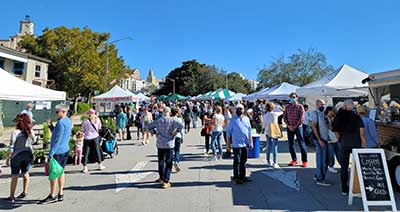 Well, Saturday was the year’s first Farmers Market. I always go with a ton of cash and I come home with a ton of veggies and no cash. It’s a great place for fresh veggies and breads plus some great Garden Talks all at 9:00 AM. Here is the rundown:
Well, Saturday was the year’s first Farmers Market. I always go with a ton of cash and I come home with a ton of veggies and no cash. It’s a great place for fresh veggies and breads plus some great Garden Talks all at 9:00 AM. Here is the rundown:
- February 24 – “Flowers that Bloom All Year”
- March 2 – “100 Years of the Coral Gables Garden Club”
- March 9 – “Keep Coral Gables Beautiful”
- March 16 – “The Fabulous Tree Cover””
- March 23 – “Edibles for our Miami Gardens – Tomatoes, Herbs”
- March 30 – “Coral Gables Sustainability and Resiliency Initiative”
I’m Optimistic
You know it seems that every day we get more bad news – 2023 was the hottest year on record, there’s been a nearly 10 fold increase in wildfires in the previous five years – but then we get the plastic eating microbes and $176 bamboo huts – really human beings are so inventive!!! The latest good news is that the sea grass, the main manatee food, is coming back. Remember the algae blooms in the Indian River Lagoon? Well, sea grass is the manatees favorite food and the recovery of the sea grass means that the emergency hand feeding program can be discontinued. In 2011 1,100 manatees died and another 800 in 2022, a reflection of the loss of about 90% of the lagoons’ seagrass to algae blooms and pollutants. The students at Florida Atlantic University are steadily building capacity of the seagrass nursery that will ultimately be transplanted into the Indian River Lagoon. Isn’t this good news?
About the Author

Linda Lawrence Waldron currently writes the Green Gables column in Gables Living Magazine. Linda was Chairman of the Garden Club's Coral Gables Library Butterfly Garden Committee.
Sign up here for email notifications about new Green Gables articles!
More from our blogs
See all postsRecent Posts
- April 2023 April 1, 2024
- Good News on Environmental Plastics February 1, 2024
- Material World / Plant World January 1, 2024
Leave a Comment cancel
This site uses Akismet to reduce spam. Learn how your comment data is processed.



